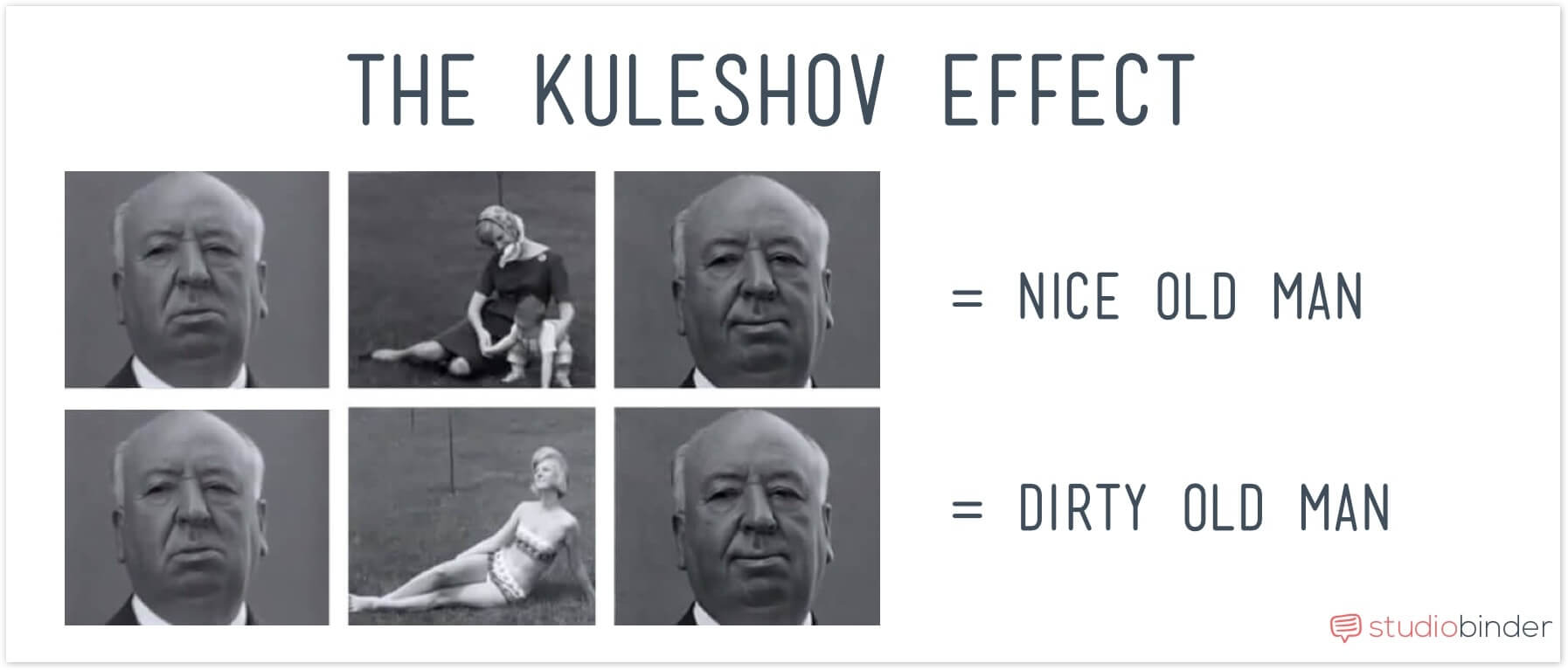A window is the opening to the world outside. People look out of it and observe the happenings, admire the nature and fulfil their fetish for voyeurism. In the movie Rear Window, the world outside the window is the sole source of amusement and interest for the protagonist.
L.B. Jefferies (James Stewart) is a photojournalist for a magazine. He suffers a weird accident on his previous assignment and is assigned to a wheelchair for his recovery from a broken leg.
Confined to a two-room apartment for six weeks, he amuses himself looking out the window. Watching the neighbours. The story of the movie is a narration of events as observed by Jefferies peeping out through his window.
The director Alfred Hitchcock uses relational editing to narrate the story. The script confines the protagonist to a very small space due to his physical handicap. The events that unfold are a perception of what he views through the window.
This is established by the use of the Kuleshov Effect. There are many a time when the director cuts to the protagonist looking out of the window and focuses him observing his various neighbours. At times the camera becomes the eye of the viewer, making us a part of the voyeuristic world of Jefferies.
There are a few neighbours that feature prominently across the film. A gorgeous young woman who is a dancer is named Miss Torso. An older woman living below is known as Miss Lonely Heart. There is a newly wedded couple, a sculptor, a salesman and his wife, a pianist and a family with a dog.

StudioBinder.Com
The use of relational editing to establish the character relations is determined the script, choice of screenplay and direction. Events in the apartment across the window drive the motivations of the characters in apartment whose window is the lens through the film is watched.
The peeping tom activities of Jefferies from his apartment make up for conversational material between the protagonists as the movie progresses. The dialogues move from discussing personal issues to how to prove Thorwald committed the murder of his wife.
In the beginning of the movie, Lisa (Grace Kelly) and Jefferies how he can change career from a photo journalist to a fashion photographer. As the movie progresses, they are more concerned with solving the mystery of the murder.
The deliberate choice of Hitchcock to use the Kuleshov Effect to establish the connection between characters also creates a foible for the plot. Jefferies airs his concerns about the odd happenings in the Thorwald flat to Lisa and his friend from the police department Tom Doyle.
As relational editing is used to establish the connection between characters, the entire narrative is seen through the eyes of Jefferies. With the narration being the perception of an individual, the witness is not considered reliable. Thus, his findings are dismissed at the beginning.
Lisa is convinced of it after she watches the happenings in the Thorwald apartment. She becomes a part of Jefferies voyeuristic world. Tom however remains skeptic as he is not a part of the world.
In this thriller drama, there tension is not built by the actions of characters. The screenplay is understated in terms of drama. It is the story of a concerned neighbour getting nosy. Action and tension are built by the style of editing and background score. One of the most poignant moments is the expression of Jefferies face when Lisa is caught by Thorwald in his apartment.
The use of leitmotif is an inspired choice in the film. There is a use of mysterious music for background score. But when the characters are discussing the case and there is a progression with new information, we hear the sound of a playing piano. It is assumed that the pianist is playing the music.
Apart from the use of Kuleshov effect, the director relies on parallels and contrast in the dialogues and screenplay. The parallels and contrast through dialogue shine light on the assumptions made by the character. They also play the role of subtext.
Jefferies judges Miss Torso as she is entertaining men in her apartment. He through his dialogue passes a comment on the shallow nature. It is contradicted by Lisa saying that is what she faces while she entertains guests at her house. The editing style conveys the parallels between the lives of Lisa and Miss Torso.
Parallels and contrast are used within the same sequence as Jefferies looks into the residence of Miss Lonely Heart. Lisa and Jefferies are having a dinner date. It looks like Miss Lonely Heart too has a dinner date. However, no one turns up at her door. It is just herself.
Jefferies is trying to push Lisa away as he feels they do not belong to the same social circles, while Miss Lonely Heart is desperate to find love. He is pushing away the love and companionship he has while she is waiting for love. The parallel of dinner is used to establish this contrast.
These are a few moments where parallels are used to give an insight into lives of characters. However, it is the Kuleshov effect that is the major influence on this film which prompted it to opt for relational editing.
The relational editing of connecting different shots and sequences to Jefferies and his response to it is what makes Rear Window an engaging watch.

Wow this was a really interesting read- thank you for sharing this information! I have to admit I knew about the Kuleshov effect but it’s quite fascinating.
LikeLiked by 1 person
I am glad you liked it!
LikeLiked by 1 person
Thanks for sharing this!
LikeLike